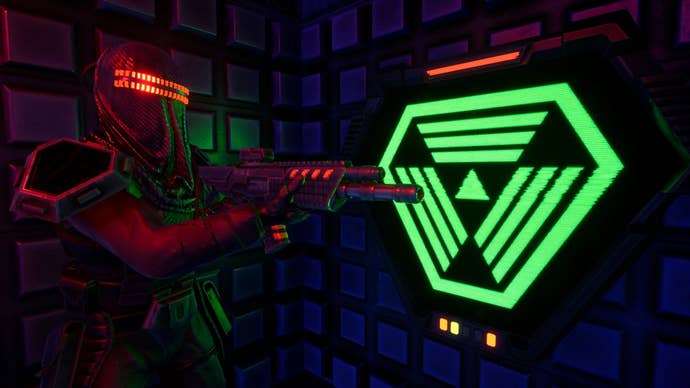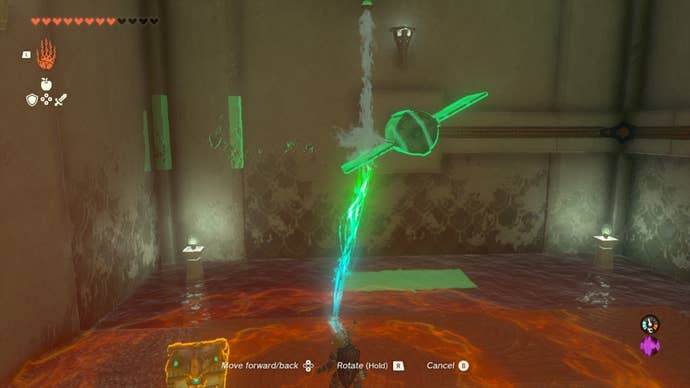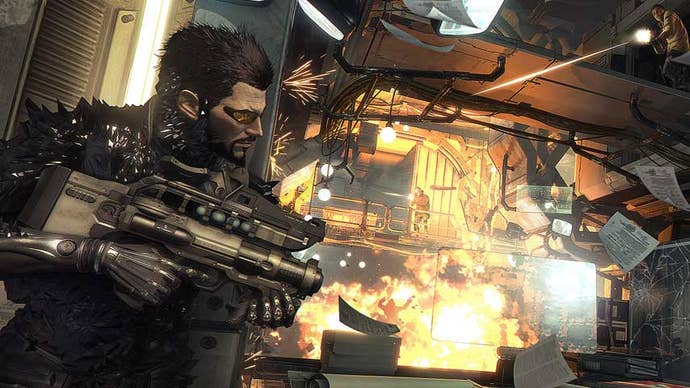This is the most exciting, vibrant moment for immersive sims since the golden age of Looking Glass and Ion Storm. Not only are there more indie games about crawling through air vents and reading emails than ever before, the design sensibilities and focus on emergent gameplay is starting to appear in triple-A titles to an extent we haven’t seen for a long time.
The genre is one with a disparate history and many competing definitions, and the excellent System Shock remake strips everything back to basics – providing a perfect chance to experience the core appeal, as well as to provide a solid groundwork for the future.
Playing the excellent System Shock remake helped me finally realise why I always preferred the original to the game’s widely more lauded sequel. While System Shock 2 inarguably has the stronger environmental storytelling and atmosphere, it also had far more videogame going on. It had skill points and upgrades, like a proper RPG.
To be honest, I’ve always found such cold, visible mechanisms of numbers and dice rolls kind of goes against the “immersive” part of immersive sim. What was your favourite part of Deus Ex? Was it looking at a screen of digits and putting points into the Environmental Training skill? No it wasn’t. Don’t lie.
The RPG mechanics were always a crutch, a holdover from the Ultima Underworld days – a necessary evil during an era where more naturalistic ways to express action and reaction in virtual spaces wasn’t yet technically feasible. Of course, nostalgic affectations and the fact that immsim fans tend to be huge nerds in general meant that as the genre developed and the people that grew up with them started making their own, they kept all the skill trees and the experience points.

Arkane Studios’ Prey was touted as the closest thing to a System Shock 3 as we’d ever get – a game set on a sprawling space station filled with dangerous enemies where you have to solve maintenance problems and use all the tools and tricks you can gather to survive. It was good! Very good! It had lots of room for experimentation, it had an incredible atmosphere. There was a glue gun. But it was also filled with skill trees and upgrades, damage numbers and enemy health bars, elements that were already starting to feel redundant back in 2017.
Luckily, there is one recent game that truly embraces the idea of using systems and physics in an intuitive way, with little to no visible traditional RPG mechanics. It would have been unthinkable back when the games were about a polygonal twink working through linear puzzle dungeons, but the latest mainline Zelda is arguably far more of a genuine immersive sim than any of the Looking Glass games ever were.
Tears of the Kingdom is such a blessedly physical and tactile RPG, absent of almost all of the behind-the-scenes stat-based vagaries of most of the genre. It has far more in common with something like Dark Messiah of Might and Magic than it does with Ocarina of Time – it’s a physics-based playground about killing goblins in the most comical ways possible, about using your various tools and the environment in ways that make immediate sense and produce natural results as you would expect them to in the real world.

The possibilities for the kinds of spaces that videogames can take place in and what they can be filled with are exponentially larger than they were in 1994, when System Shock defined an entire genre – making corridors and emails and space stations and levers and air vents the standard for decades to come.
Playing the remake helped me realise that all of these elements were never the core appeal of the immsim; it was exploring a unique environment that has been fully realised and that makes immediate physical sense, that wandering through and interacting with produces the results you’d expect from the real world, as opposed to the more exaggerated and abstract mechanics of traditional RPGs.
The fact that so many immsims over the last few decades stuck to sci-fi industrial or urban environments was always mostly down to technical limitations or out of a sense of nostalgia, which makes the ones that dare to try something else all the more memorable and interesting. Games like Arx Fatalis dared to imagine a world of caves, instead of metal. Some would argue that caves are just stone corridors, but they fail to realise the spiritual difference. Most notably is Arx Fatalis’ recent spiritual successor, Weird West – a Western that shows that not only are immsims absolutely possible in more varied environments, they don’t even necessarily need to be first-person.

On the other end of the spectrum is the fascinating Shadows of Doubt, a first-person detective immsim that thinks that what the genre needs is infinite apartments, infinite emails and infinite air vents. A game so genuinely immersive, that simulates every facet of it’s randomly generated city blocks so perfectly, that I was actually taken aback when the first thing I did was take the elevator to the top floor of my building at 2AM, knocked on a random door and it was answered by a grumpy guy in his underpants who wanted to know why I’d woken him up.
No matter whether you think of immsims as networks of corridors filled with guards or as sprawling open-world adventures about pushing monsters off cliffs, there has never been a more exciting time if you’re someone who enjoys the idea of videogames being built on intuitive systems and interactions rather than cold mechanics. There are many exciting interpretations and evolutions happening right now, from games like Void Bastards perfectly melding the traditions of System Shock with contemporary roguelikes to brain-expanding projects such as Ctrl Alt Ego, the game which casts you as a disembodied consciousness in a chaotic world of possessable robots and machinery.

There are so many places to visit, and if you’re growing tired of linear adventures and limited combat, any of these big messy games about figuring your own way out could be exactly what you need right right now. It’s what videogames in general need right now.

